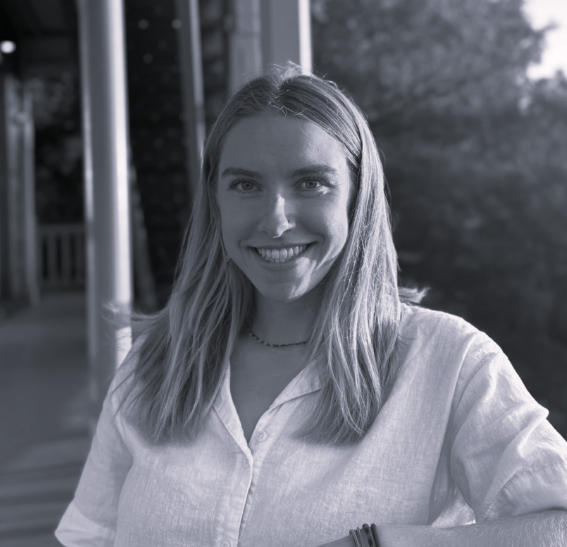The northern great plains aren’t the most social space, they aren’t your typical eco-tourism destination, and the vast endless wide-open space doesn’t necessarily cultivate a lot of human-to-human interactions. We sometimes go hours without seeing another car.

This became apparent at the first site of my field work campaign. I am driving from southern Saskatchewan to southern Texas collecting herbaceous biomass measurements at seven different grassland sites. Our first site was at the Matador Grassland, about 30 kilometers north of Kyle, Saskatchewan, a small, one-road town with a surprisingly delicious diner. The Matador Grassland is one of the largest remaining uncultivated prairies in the Northern Great Plains and is surrounded by endless acres of cultivated farmland. Southern Saskatchewan in general feels pretty remote. After crossing the Canadian – American border we saw very few people. Although barren, it was beautiful.
We were really excited to have an early start for our first morning, we rolled out of camp around 7am and hit the road. The site manager I had been working with had warned me that the soil in the Matador Grassland was really clayey, and if it rains the roads would be impassable for up to three days. It had rained a little the night before at our campsite, but I didn’t think twice about it.

Google maps said it was a 35-minute drive, easy enough. But, before I knew it, I was stuck in the mud, spinning all 4 wheels of the rental car. Our car was filled to the brim with field gear, camping gear, personal gear, and snacks, unfortunately none of which were overly helpful in getting our car out of 6 inches of clay mud.
After spending a while trying to dig ourselves out with a small shovel and putting cliff bar boxes under the tires to try and gain traction, we decided it was time to call in backup. Although we were in what felt like the middle of nowhere, we miraculously had a bit of cell phone service, so I called the Budget Rental Car roadside service. The dispatcher was utterly confused.
“You are trying to get to a remote grassland for … what? Fieldwork? And you don’t know what the name of the road is?”
Through spotty cell phone service, I was transferred from one person to the next, each time having to re-explain the situation. Just when I was starting to lose my patience and resort to plan C – run down the road until I found a farm to knock on the door of and request help, I saw a large truck with a large horse trailer barreling towards us. The truck somehow managed to avoid the mud pot and pulled over. Two young cowboys jumped out of the car. They laughed with us about our bright white rental car stuck in the mud in the middle of nowhere and told us that their bosses were in a truck behind us, with a tow strap. Two older cowboys in another big truck pulled up and looked under our car. In classic fashion, our rental car had no place to attach a tow strap, so plan D it was, push the car out.
The four kind cowboys got into formation and pushed us out of the mud. Before they stepped into the deep squishy mud, I heard one say to the other “Well damn, these are brand new boots” but nonetheless, they stepped in and put their hands on our hood.

It wasn’t long before our trusty rental was back on terra firma. The cowboys brushed off their jeans and asked us more about where we were trying to go. They kindly informed me that google maps is notoriously unreliable in the area and will take you on “roads” that may or may not exist and showed me how to safely get to our site. We chatted for a while about the research I was doing and the vast beauty of the southern Saskatchewan grasslands, they even offered up their cell numbers in case I ever needed any help along the way.
I am grateful for the kind people I meet in the field who are helpful and take interest in my work. I guess that’s all part of the fieldwork fun.
STUDENT RESEARCHER

Isabella Goodman – Western Resource Fellow | Isabella Goodman is a Master of Environmental Science Student at Yale School of the Environment studying dryland ecosystems in the American west. Her research focus on how climate change is driving changes in primary production in the western great plains. Originally from Alaska, Isabella has always been passionate about ecology, conservation, research, and the outdoors. She holds a B.S. in Conservation Biology from Montana State University, where she also worked as a research assistant. When not studying grasses and ID-ing plants she loves to trail run, ski, and knit. See what Isabella has been up to.
